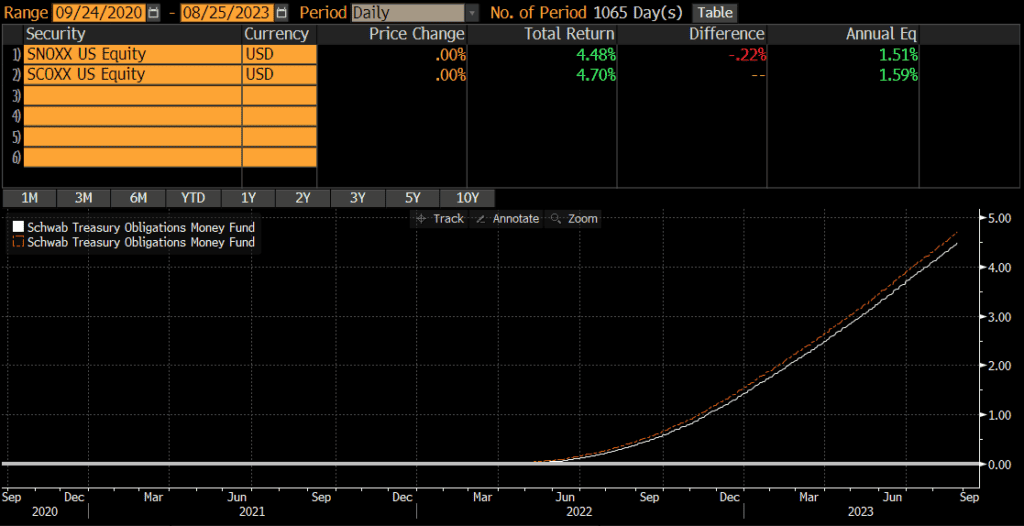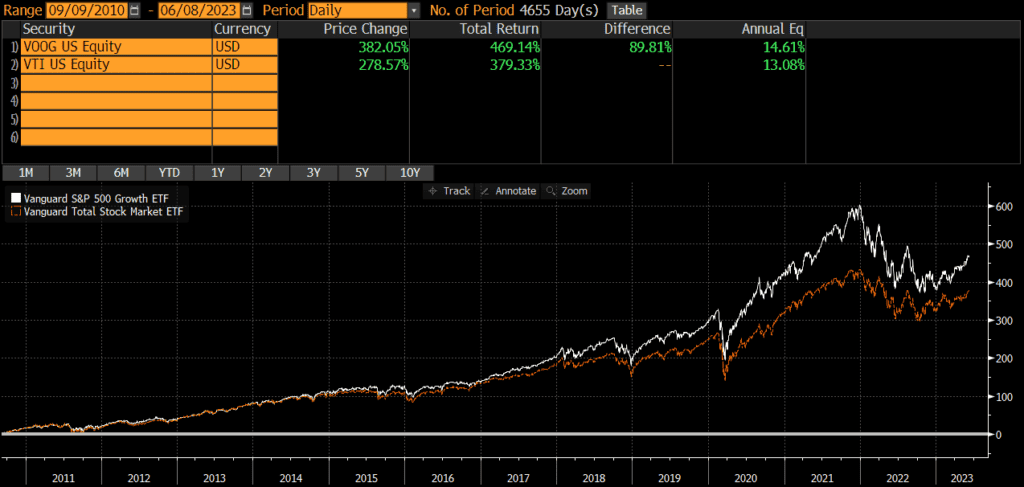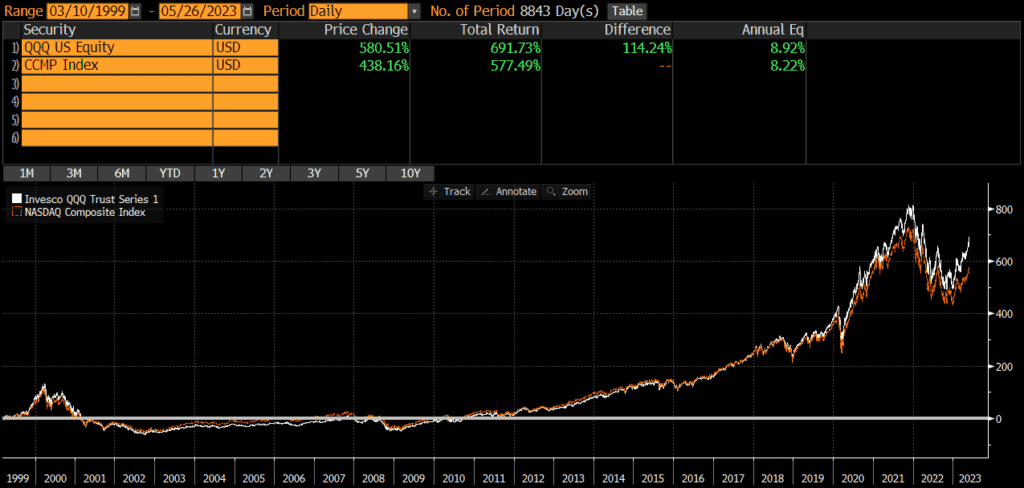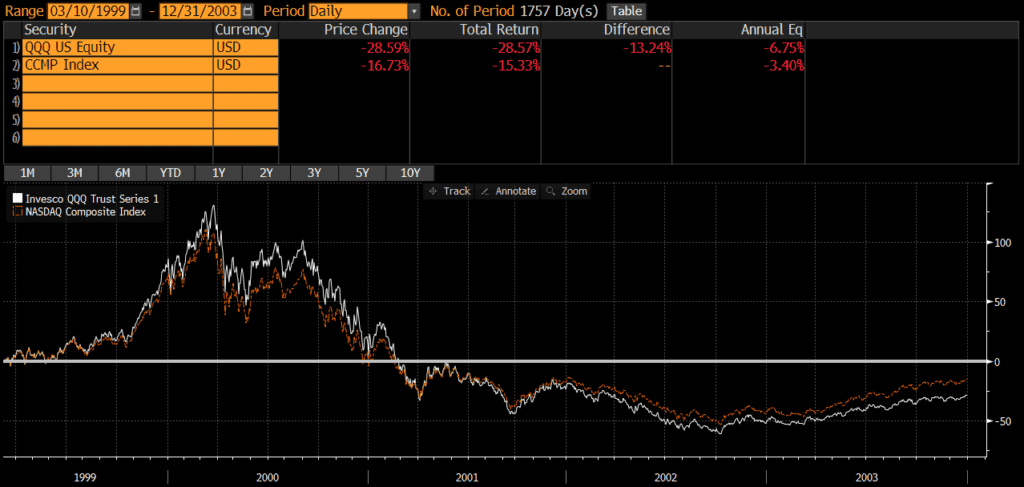The short answer is: yes, TransUnion is a legitimate company. Many people ask “Is TransUnion legit” because they received unexpected mail or communications from TransUnion. These mailings are often result of company experiencing a data breach and hiring TransUnion to contact affected people. TransUnion may also contact you if there was an event on your credit report, such as opening a credit card or applying for loan.
TransUnion Is Legit
Fortunately, my research indicates that TransUnion is a legitimate company and their identity theft service is frequently provided by companies to customers whose data has been exposed.
Although TransUnion is legit, there are many scams run by people purporting to be TransUnion. Always use caution when corresponding to unsolicited communication. If in doubt, contact TransUnion directly at one of their publicly-listed phone numbers which can be found here: https://www.transunion.com/customer-support/support-options.
TransUnion: An Overview
TransUnion is one of the three major credit bureaus in the United States (along with Equifax and Experian), which play a significant role in the financial landscape by providing consumers, businesses, and financial institutions with credit-related information and services. Each of these companies offer tools to assist individuals in understanding and managing their credit, as well as supplying businesses with data about these consumers. There are some upstarts beyond the big 3, such as Kroll.
TransUnion was founded in 1968 and now maintains credit files on more than 200 million US consumers(!). It is considered a major player in the credit reporting sector and a reliable source for traditional credit-related information.
The core services offered by TransUnion include credit reporting, credit monitoring, and identity theft protection. TransUnion collects data from various sources such as lenders, credit card companies, and public records, which help determine a person’s credit score. This score plays a factor in individual’s ability to secure loans, credit cards, and the interest rate that they’ll pay.
When it comes to business services, TransUnion offers a wide range of tools and analytics to help businesses mitigate risks, better understand consumers, and optimize their operations. Some of these products include fraud detection services, collections management, and customer acquisition strategies.
TransUnion claims to adhere to strict data security measures and maintains a robust privacy policy to safeguard the sensitive financial information of consumers and businesses alike, although there have been some high-profile hacks against credit bureaus in the past.
Credit Reporting Services
TransUnion provides credit reports and credit scores to individuals and businesses.
A credit report is a detailed account of an individual’s credit history, which includes their personal information, debt details, and payment history. Consumers and financial institutions are encouraged to periodically review credit reports to ensure accuracy. The information gathered by TransUnion is factored into credit scores and help lenders assess the risk of lending money to a specific individual.
Accurate data is important and TransUnion has expressed a committed to providing correct credit information. They regularly update consumer credit reports by gathering information from numerous sources, such as financial institutions, government agencies, and public records. This should help ensure that the most up-to-date and accurate credit information is available to those who rely on it.
One key aspect of credit reports is documentation of an individual’s payment history. Payment history is a major determinant of a person’s credit score, as timely payments are thought to indicate that future payments will be made on time. TransUnion compiles payment information from various sources, including credit card companies, mortgage lenders, and other financial service providers. This data is used to document an individual’s track record of making timely debt payments over time.
In summary, TransUnion is a legitimate credit reporting agency.
Identity Theft Protection and Fraud Prevention
Beyond credit reporting, TransUnion also provides various services related to identity theft protection and fraud prevention. Their services aim to help individuals safeguard personal and financial information from potential cyber threats and fraudulent activities.
Fraud Alert vs Credit Freeze
TransUnion offers two key options for individuals seeking to protect themselves against identity theft and fraud: Fraud Alerts and Credit Freezes.
Fraud Alerts are notifications placed on an individual’s credit report, which inform potential lenders or creditors to take extra precautions before granting credit in their name. This measure ensures the individual’s identity is verified, preventing unauthorized access to their credit information. TransUnion’s Identity Protection service monitors credit reports for potential fraud and allows users to place, remove, or renew alerts as needed.
Credit Freezes offer an extra layer of protection by restricting access to an individual’s credit report altogether. When a credit freeze is in place, potential lenders, creditors, or other entities cannot perform credit checks or open new accounts in the individual’s name. This can significantly reduce the risk of identity theft and fraud. TransUnion’s True Identity service affords users the ability to lock and unlock their credit reports with just a click, granting them full control over their personal information.
TransUnion provides these identity theft protection and fraud prevention services in response to the constantly evolving digital landscape. With options like Fraud Alerts and Credit Freezes, users can better control their credit information and mitigate potential threats.
Comparing TransUnion with Equifax and Experian
TransUnion, Equifax, and Experian are the three major credit bureaus responsible for providing credit reports and scores to consumers in the United States. Comparing these companies can help you understand the nuances between their offered services.
Data Reporting Differences
Equifax, Experian, and TransUnion may have access to different credit information, which accounts for the variations in credit scores among them1. For instance, Equifax and Experian note your employer’s name as part of your employment history while TransUnion provides more specific details, such as your title and employment dates2. Due to these differences, credit scores should be treated as estimations rather than absolute numbers.
Credit Monitoring Services & Pricing
When it comes to monitoring services, both TransUnion and Equifax offer 3-in-1 credit monitoring reports and charge a monthly fee of $14.95. TransUnion provides a 30-day free trial, whereas Equifax does not offer a trial period3. Experian, on the other hand, charges $39.95 for a similar service3. Monthly fees and trial offers may vary and should be verified to ensure accurate up-to-date pricing.
Credit Scoring Models
“FICO” is the most popular credit score model used by all three bureaus4. It consists of five factors: payment history, amounts owed, length of credit history, credit mix, and new credit. Among these factors, payment history and amounts owed are the most influential4.
It’s worth noting that all three credit bureaus are reputable and play a crucial role in the credit industry. Comparing their services and understanding the differences between these companies will enable you to make informed decisions regarding your credit management.
Footnotes
- https://www.merchantmaverick.com/the-complete-guide-to-credit-bureaus-equifax-vs-experian-vs-transunion/ ↩
- https://www.crediful.com/equifax-transunion-experian/ ↩
- http://recomparison.com/comparisons/100375/equifax-vs-transunion-vs-experian/ ↩ ↩2
- https://blog.sfgate.com/lifestyle/2021/03/16/transunion-vs-equifax-vs-experian-what-you-need-to-know/ ↩ ↩2
TransUnion’s Customer Support and Services
TransUnion is considered a legitimate source of credit information. However, unsolicited communications may cause recipients to ask: Is TransUnion legit? This is where their customer support and services can be valuable.
As mentioned above, TrueIdentity is a service offered by TransUnion to help customers monitor and protect their credit information. The service enables users to lock their credit report, preventing unauthorized access and potential identity theft. Moreover, it provides customers with real-time alerts whenever there are changes or inquiries on their credit reports.
TransUnion’s customer service department can be contacted through various channels. Their representatives are available over the phone on Mondays to Fridays between 7 am and 6 pm to assist customers with any issues they may encounter with their services. Additionally, clients can reach out directly to TransUnion via its website for further assistance and information.
In terms of customer reviews, TransUnion receives both positive and negative feedback. Some users appreciate the company’s credit monitoring services and free annual credit score, while others note discrepancies between TransUnion reports and those of other credit bureaus. It is essential for customers to consider various opinions when assessing the quality of TransUnion’s customer support and services.
Is TransUnion Legit? A Note on Phishing
When visiting the TransUnion website, it is crucial to identify whether the website is legitimate or a potential phishing attempt.
In order to ensure the URL is authentic, always double-check the web address before entering any personal information. A legitimate TransUnion URL will start with “https://www.transunion.com“. Watch out for any typos or unfamiliar extensions which are often used in phishing scams to deceive users.
For extra precaution, one can manually type the URL in the address bar or use a trusted search engine to find the TransUnion website. Saving the verified website as a bookmark can also help avoid falling for a fake website in the future.
Phishing attacks can also be carried out through emails or text messages that appear to be from TransUnion. To safeguard against such threats, be cautious of any unsolicited messages asking for personal information or to click on suspicious links. It is recommended to ignore such messages and contact TransUnion’s customer support or visit their official website to verify the legitimacy of the communication.
Enhance your online safety by updating your browser and operating system regularly. This ensures that you have the latest security patches and features to protect your information. Additionally, make sure to use a reputable antivirus software and be cautious while downloading attachments or clicking on links from unknown sources.
In summary, navigating TransUnion’s website securely is essential for protecting your sensitive information. Always verify the legitimacy of the website and stay vigilant against phishing scams, ensuring a safe and stress-free experience.
Regulations and Endorsements of TransUnion
One of the key legislations that TransUnion adheres to is the Fair and Accurate Credit Transactions Act (FACTA). Enacted in 2003, FACTA aims to enhance the accuracy of credit report information and help prevent identity theft. By following the provisions of FACTA, TransUnion is required to ensure that the credit data it provides is both accurate and reliable, fostering consumer confidence in its services.
In addition to regulatory compliance, TransUnion is endorsed by the Better Business Bureau (BBB), a non-profit organization focused on advancing marketplace trust. The BBB evaluates businesses based on factors such as transparency, responsiveness, and ethical business practices. TransUnion’s commitment to meeting the organization’s standards has led to its recognition by the BBB, further enhancing its legitimacy in the eyes of consumers.
Adherence to compliance regulations (such as FACTA) and endorsements (by the BBB among others) demonstrates that TransUnion is a legitimate and reliable choice for credit-related needs.
How Third Parties Use TransUnion’s Information
TransUnion provides information to various third parties. These third parties include lenders, landlords, and employers who rely on TransUnion’s data for a variety of reasons. Below are a few examples of how third parties use this data.
Lenders use TransUnion’s credit information to evaluate loan applicants. The data provided by TransUnion assists lenders in determining the risk and likelihood of repayment by borrowers. This information plays a crucial role in deciding whether an applicant is granted a loan, as well as influencing the interest rates and loan terms.
In the mortgage industry, TransUnion’s data is utilized to assess applicants for home loans. By analyzing the credit history and financial background of applicants, mortgage providers can better understand the likelihood of timely mortgage payments and minimize the risk of default.
Landlords can also benefit from TransUnion’s information when screening potential tenants. Accessing a tenant’s credit report helps landlords to evaluate the renter’s financial stability and payment history, ensuring they will be able to meet rent obligations and maintain the property. This information is particularly helpful in making informed decisions regarding rental agreements and mitigating the chances of selecting tenants who pose financial risks.
Employers may do employment screening which occasionally involves reviewing applicants’ credit information. Although this practice is less common, some employers use credit data as part of the hiring process to assess an applicant’s financial responsibility, especially in positions that involve managing financial resources or handling sensitive information. It is worth noting that employers must follow the Fair Credit Reporting Act (FCRA) regulations when accessing and using credit information for employment purposes.
TransUnion’s services are vital to various entities in making informed decisions about individuals’ creditworthiness and financial stability. Ensuring accurate and up-to-date credit information is essential in maintaining trust and credibility within the credit reporting industry.
Common Concerns and Complaints
TransUnion has its fair share of consumer complaints though. While it plays a significant role in the financial lives of many Americans, the company has faced criticism for various reasons.
One major issue surrounding TransUnion is the significant increase in complaints filed with the Consumer Financial Protection Bureau (CFPB). According to a CBS News report, complaints about TransUnion totaled 186,802 in a single year, which is an increase of 183% from the previous year. This amounted to 23% of all complaints Americans filed with the CFPB in that time frame.
Another cause for concern revolves around a lawsuit filed by the CFPB against TransUnion. The agency accused the company of being “unwilling or incapable” of operating within the confines of the law. In fact, the CFPB said it received nearly 150,000 complaints about TransUnion in 2021 alone. The CFPB director described TransUnion as an “out-of-control repeat offender that believes it is above the law.”
Common issues include credit report inaccuracies, difficulty in contacting customer service, and trouble disputing information. It is important to note that while these concerns and complaints exist, TransUnion remains a legitimate credit bureau involved in providing credit information to consumers and businesses. Unfortunately, TransUnion is collecting data on us consumers regardless of whether we consent to it and so we are stuck with dealing with the credit bureaus.
Frequently Asked Questions









